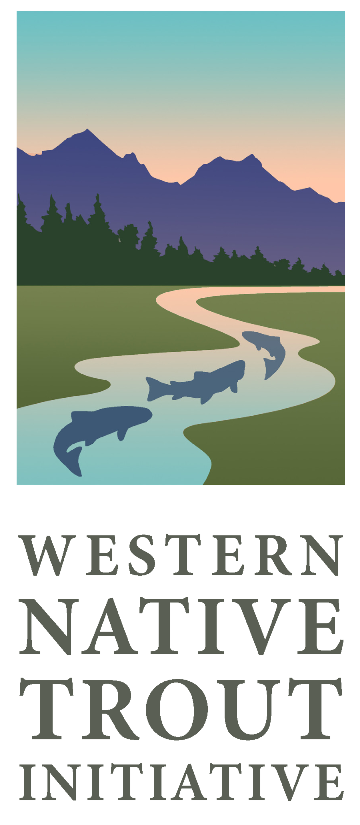The National Fish Habitat Partnership 10 Waters to Watch list, assembled by the nation’s leading authorities on aquatic conservation, is a collection of rivers, streams, and shores that will be cleaner and healthier habitats for the many fish and wildlife species and people who call these areas home. Thanks to the combined actions of concerned community groups, non-profit organizations, local watershed groups, Native American tribes and state and federal agencies, these waters are being improved by planting stream-side vegetation, removing structures blocking fish from habitat and protecting bodies of water from the effects of industrial processes, agriculture, and livestock. They are representative of freshwater to marine waters across the country including lakes and reservoirs that are improving through the conservation efforts of the National Fish Habitat Action Plan— a bold initiative to reverse persistent declines in aquatic habitat.
2023 Spread Creek Fish Passage Project, Phase 2 (Wyoming)

Spread Creek, located outside of Jackson Hole, Wyoming, traverses through relatively pristine National Forest and National Park lands before joining the Upper Snake River approximately 15 miles below Jackson Dam. Spread Creek showcases a diversity of life histories for native Snake River Cutthroat (Yellowstone Cutthroat Trout subspecies) trout important to the resilience of the population and species into the future. The lower section serves as a migration corridor for large, fluvial fish, while the upper portion of Spread Creek serves as important spawning and rearing habitat for fluvial fish and year-round habitat for resident fish.
This final phase of the Spread Creek Fish Passage Project ensured unimpeded migration between the Snake River and Spread Creek through installation of a fish screen that prevents losses of native fish and by stabilizing, improving, and protecting the diversion and irrigation infrastructure. It accomplished this by 1) installing a fish screen designed to eliminate fish entrainment in ditches while continuing to deliver water even if clogged; 2) rehabilitating the diversion structure and changing it from a series of rock weirs to a rock ramp, for long-term stability and improved fish passage; and 3) adding instream structures such as rock barbs, toe rock, and engineered log jams to protect banks, channel, and irrigation infrastructure within the project area and improve local habitat and water quality conditions for native fish. These actions will ensure future water delivery to the irrigation system and fish screen and maintain and improve fish passage for all life stages of native fish to the 50 miles of upper Spread Creek opened up by the dam removal phase of the project. This project was a true win-win for native fish, water users, land managers, and the public. READ MORE
2022 Tincup Creek Stream Restoration Project (Idaho) – retrospective project
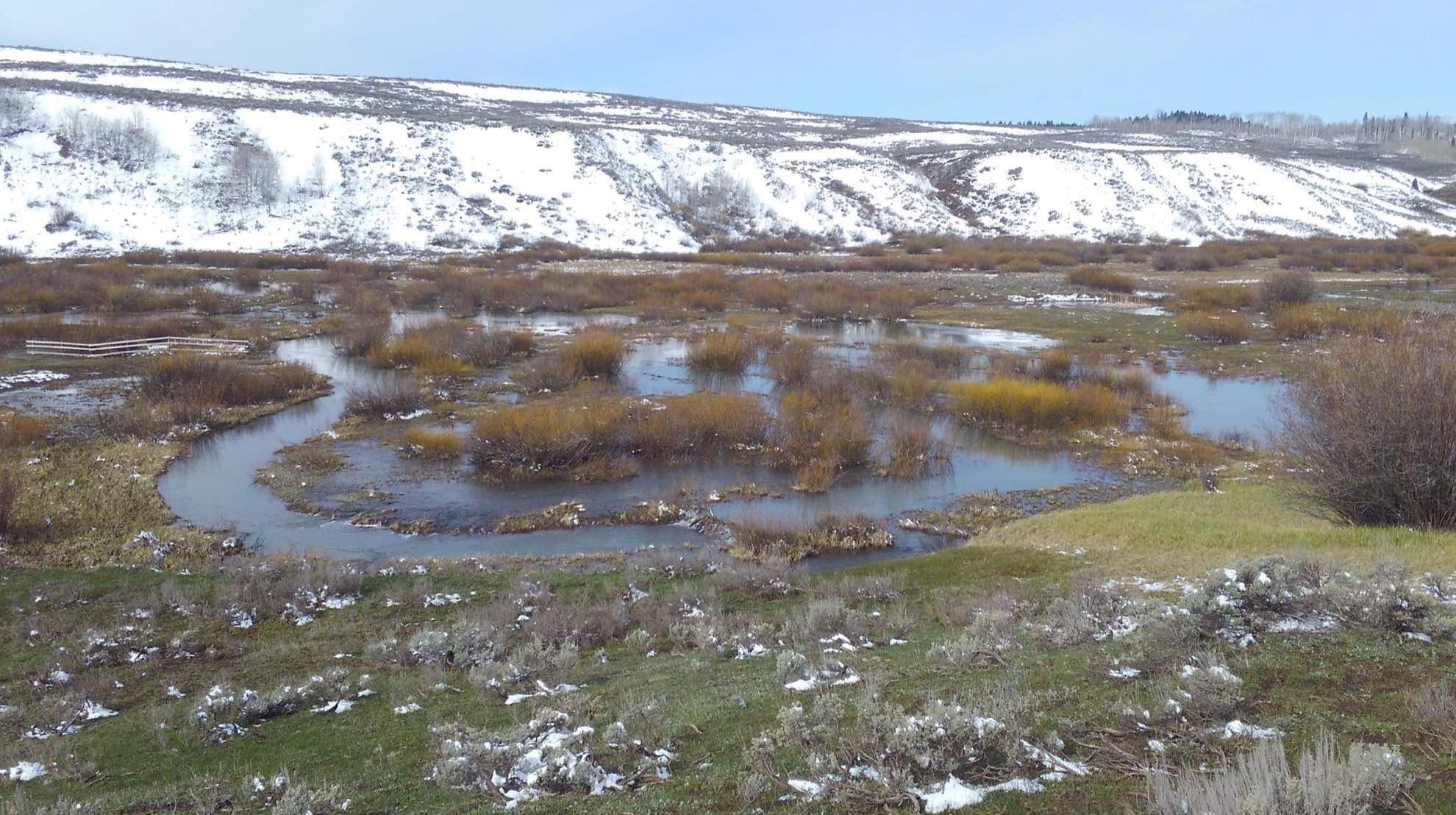
The Tincup Creek Stream Restoration Project was a large-scale, multi-phased project to improve ecosystem function and habitat for Yellowstone Cutthroat Trout and other native species by restoring channel and floodplain function on 4 miles of degraded stream. The Tincup Creek Stream Restoration project improved riparian conditions and habitat for a full assemblage of native fishes such as Longnose and Speckled dace, Sculpin, Redside shiners, Mountain suckers, the rare Northern Leatherside chub, and Yellowstone Cutthroat Trout (YCT). In addition, at least three other aquatic or semiaquatic species of interest are present including a native pilose crayfish, western pearl shell mussel, and a unique clade of boreal toads. These are all native species with a special management emphasis. Because of the assemblage of these native species, and the degraded yet recoverable nature of the system, Trout Unlimited (TU) and the Caribou-Targhee National Forest (CTNF) chose to focus their efforts here. Watch a video about the project here.
The primary cause for the degraded state of the stream has been linked to aerial spraying of willows in 1956, which precipitated the subsequent unraveling of the stream system. The project accomplished a long-term vision of restoration for YCT and other native species by focusing on restoring channel and floodplain function and processes. Primary restoration methods included restoring eroding meander bends using bioengineering techniques, reconnecting old meanders, and raising riffle elevations. The project was not designed to stabilize the stream in place, but rather to re-elevate it to restore the functions and processes that make for healthy habitat, floodplains, and riparian zones. By focusing on restoring floodplain connectivity, proper channel dimensions, and old meanders using native willows and sod as well as imported wood, habitat for native species was improved.
Phase I National Fish Habitat Partnership Program project funding was provided by the Western Native Trout Initiative (WNTI) and the Desert Fish Habitat Partnership in 2017, and by WNTI for Phase 2 in 2018 and again for Phase 3 in 2019. Read more
2020 Deep Creek – Town Diversion (Oregon) retrospective project originally nominated in 2018
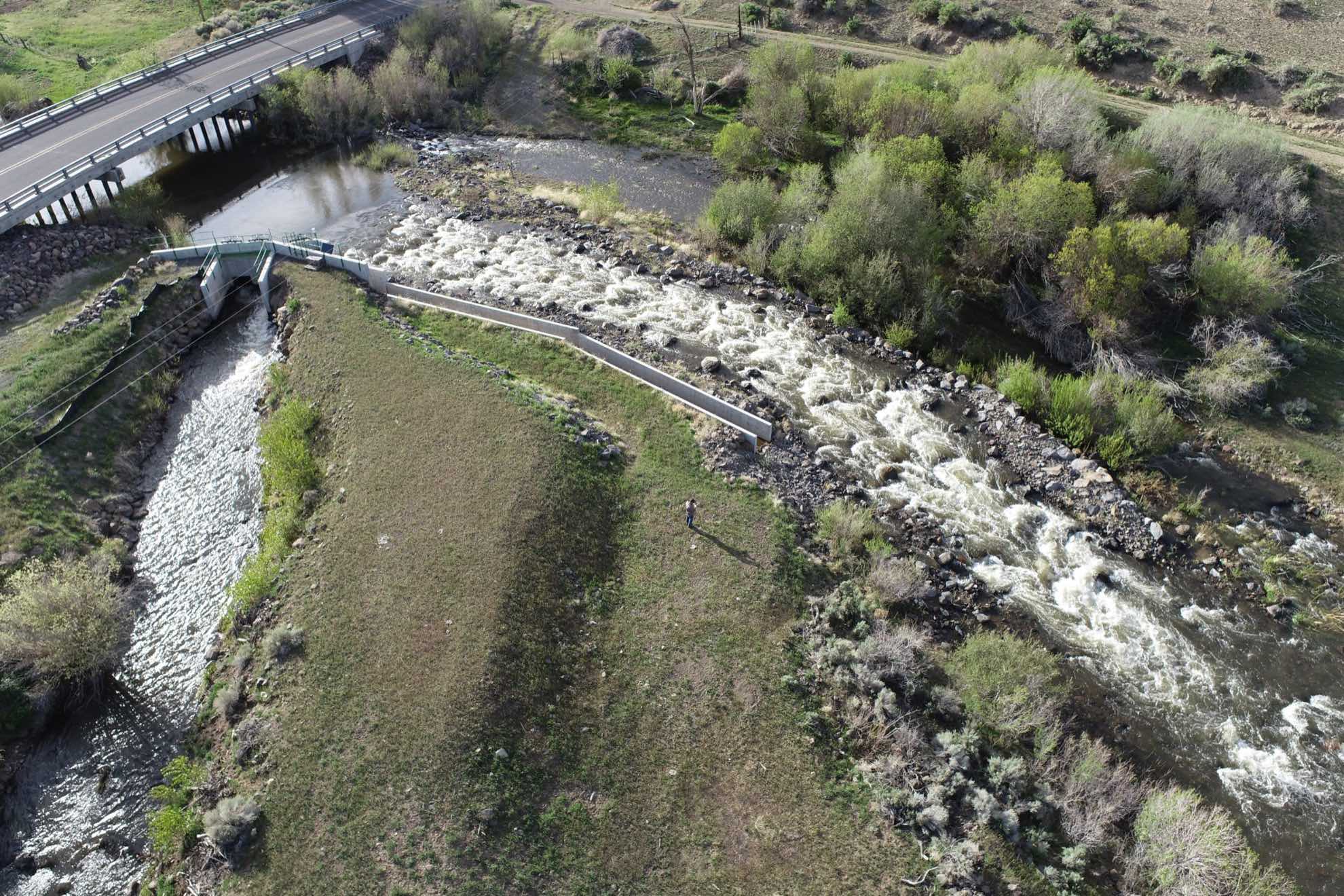
For the last decade, the Warner Basin Aquatic Habitat Partnership (WBAHP) has both independently and collaboratively worked to restore passage and connectivity for aquatic species in the Warner Basin, specifically the Warner Lakes Redband Trout (state sensitive, federal species of concern) and the Warner sucker (ESA Threatened species). Restoring fish passage for Warner Lakes Redband Trout (State and Federal Sensitive species) and Warner Sucker (Endangered Species Act Threatened species) is the focus of this project. The primary limiting factor for fish in the Warner Valley Watershed (Oregon) is passage at irrigation diversion structures, especially on Deep and Honey Creeks. Limited water in the eastern Oregon desert means that Warner Basin streams are a critical water source to both irrigators and native fish. The goal of the Warner Basin projects is to execute a watershed scale restoration program over seven years that will lead to the delisting of Warner Lakes Redband Trout and Warner sucker populations in the Warner Basin in eastern Oregon. Objectives to achieve the project goal include implementing fish passage solutions at irrigation diversions, screening irrigation diversion intakes, enhancing stream corridor habitats in Deep Creek and Honey Creek and developing a watershed scale restoration approach in collaboration with landowners and diverse interest groups. Deep Creek Town Diversion implementation began this larger watershed scale approach to implement fish passage projects at 10 water diversions to open 90 stream miles in the Warner Basin by 2025. Watch a video about this effort here.
The Town Diversion on Deep Creek was a complete upstream fish passage barrier due to the vertical height of the irrigation weir relative to the channel elevation downstream from the weir. The diversion was reconstructed with a rock ramp fishway designed to restore natural streambed conditions and provide passage for all native fish over the irrigation structure. The goal of the Town Diversion Fish Passage Project is to provide volitional passage for these two species, as well as other native fish species inhabiting lower Deep Creek. Passage at the Town Diversion will expand the amount of spawning, rearing, and holding habitat available to the Deep Creek fish community; increase population connectivity; and provide access to deep cold-water pools that provide summer refuge. Read more
2019 Coal Creek (Wyoming)
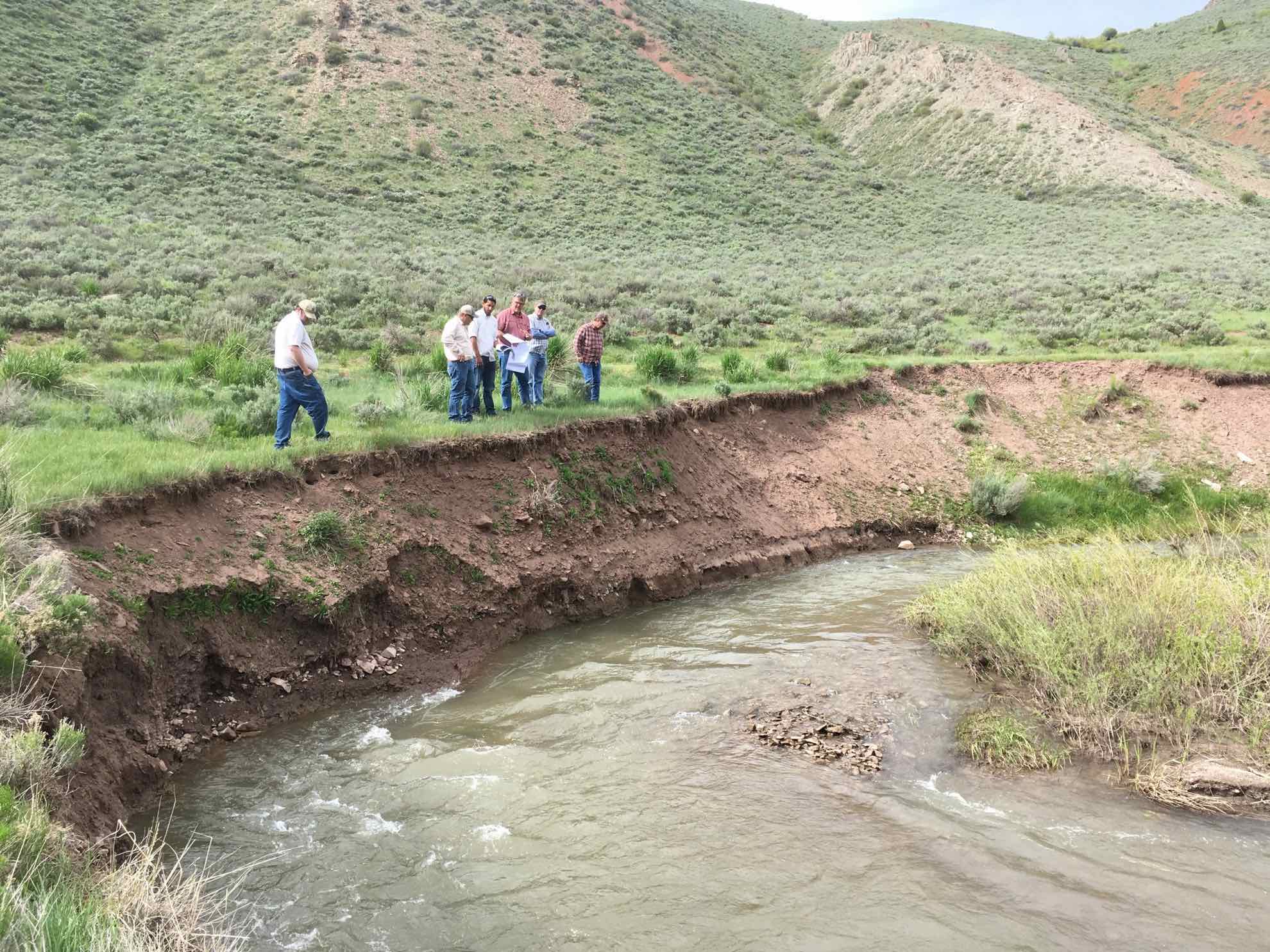
From 2018–2020, the Western Native Trout Initiative (WNTI) is working with the Bonneville Cutthroat Trout Interagency Conservation Team and other partners to elevate and accelerate conservation for Bonneville Cutthroat Trout in the Bear River drainage by securing partners and the financial resources to implement a portfolio of 15 projects that address aging infrastructure contributing to degradation of riparian habitat, barriers to fish movement, and increased sedimentation. Watch a video about this effort here. Coal Creek Bank Stabilization and Sediment Reduction Project in Wyoming is one of the projects in the portfolio and was completed in 2018. The success of the Bonneville Cutthroat recovery serves as an inspiration to those working on salmonids across the West. Within the course of four decades, the number of populations in the Bonneville Basin rose from 6 to more than 275.
National Fish Habitat Partnership funding was used to complete work to reduce sediment inputs into Coal Creek, an important Bonneville Cutthroat Trout (BCT) stream in western Wyoming. Aquatic habitats and stream function in Coal Creek and downstream in the Thomas Fork River, have been degraded by high sediment levels, contributed by a variety of sources. In particular, the Coal Creek Road has been identified as a major contributor because portions of the road were constructed within the active floodplain. The Project Goal was to address key habitat and connectivity threats to Bonneville Cutthroat Trout by reconnecting habitats and improving tributary habitats, enhancing the viability of Bonneville cutthroat populations, and supporting conservation of unique functioning habitat and life histories. Read more
2018 Deep Creek- Town Diversion Fish Passage Project (Oregon)
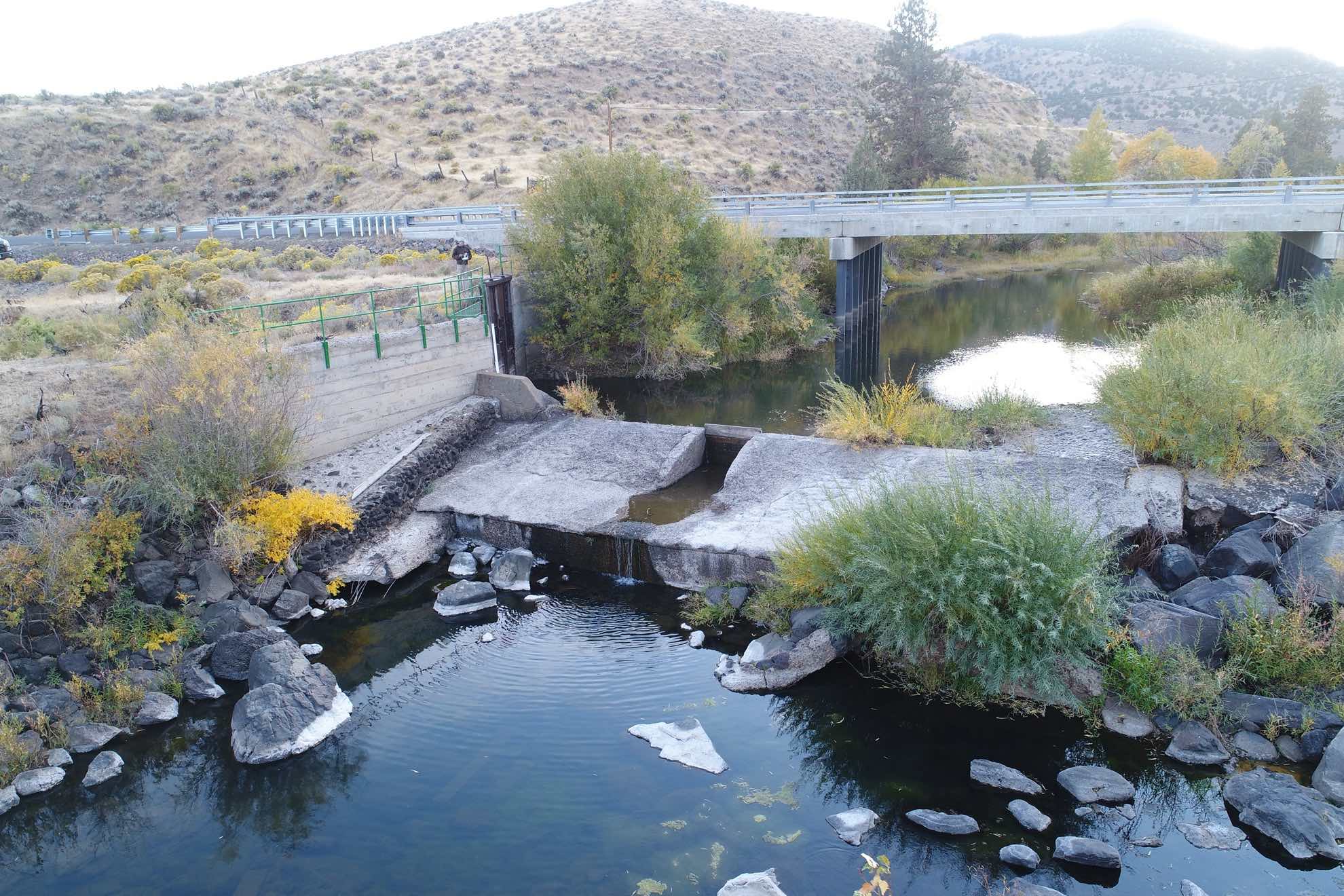
The Deep Creek – Town Diversion Project will complete a fish passage solution for a diversion dam that has been an upstream fish passage barrier for likely over 100 years. Restoring fish passage for Warner Lakes Redband Trout and Warner Sucker is the focus of this project. The primary limiting factor for fish in the Warner Valley Watershed (Oregon) is passage at irrigation diversion structures, especially on Deep and Honey Creeks. Limited water in the eastern Oregon desert means that Warner Basin streams are a critical water source to both irrigators and native fish. The diversion will be reconstructed with a rock ramp fishway designed to restore natural streambed conditions and provide passage for all native fish over the irrigation structure. The goal of the Town Diversion Fish Passage Project is to provide volitional passage for these two species, as well as other native fish species inhabiting lower Deep Creek. Read more
2017 Boundary Creek (Oregon)
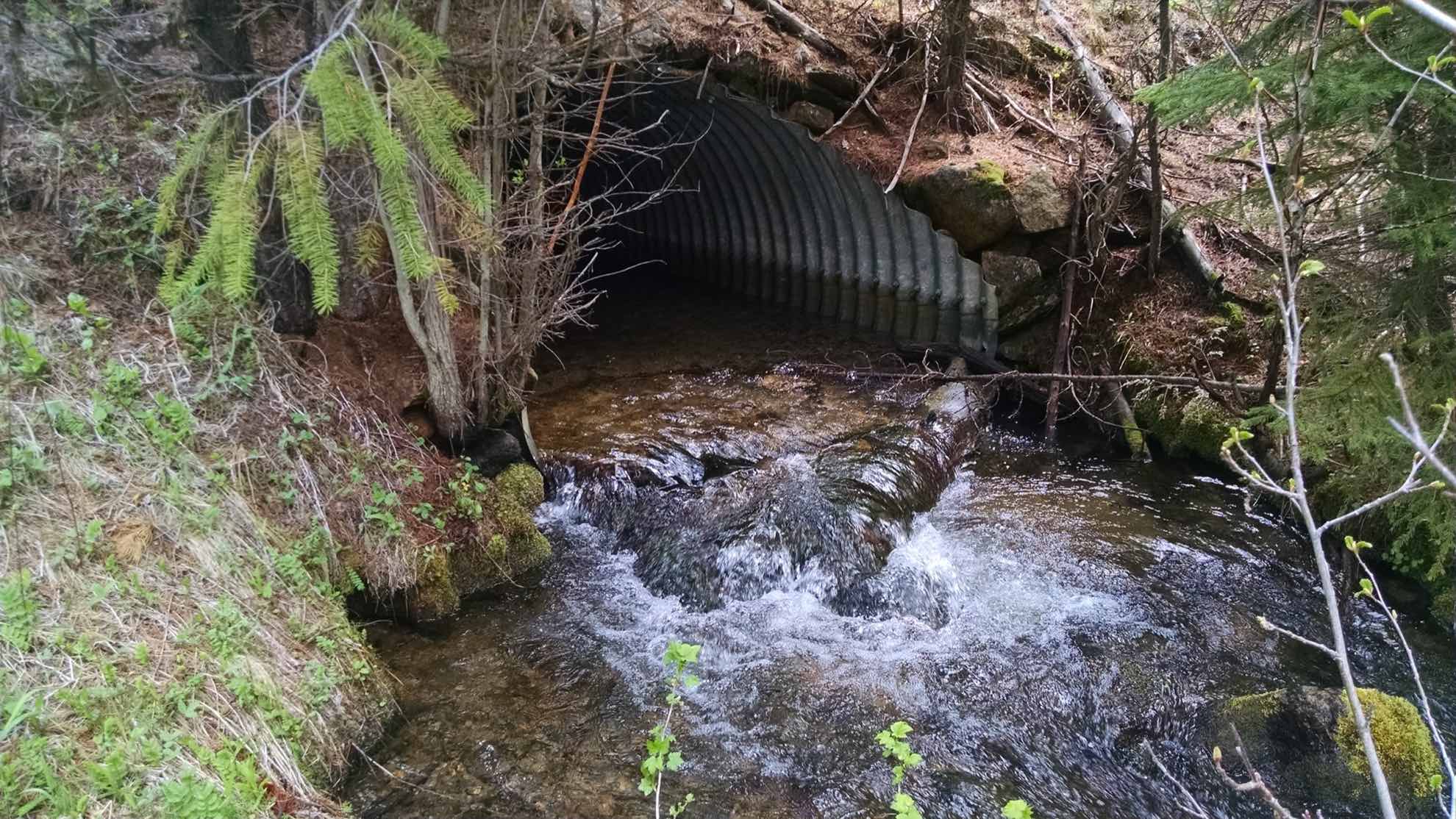
The John Day River, as one of the longest undammed rivers in the United States, provides essential habitat for a variety of anadromous fish and native federally listed endangered or threatened species of trout.This project will improve fish passage and riverine connectivity in the Granite Creek Watershed which is a high priority watershed located in Eastern Oregon. The project targets 3 specific sites on Boundary and Corral Creeks, which are located east of the rural town of Granite in the Wallowa-Whitman National Forest. These streams are critical spawning and rearing habitat for Endangered Species Act designated threatened Bull Trout. Read more
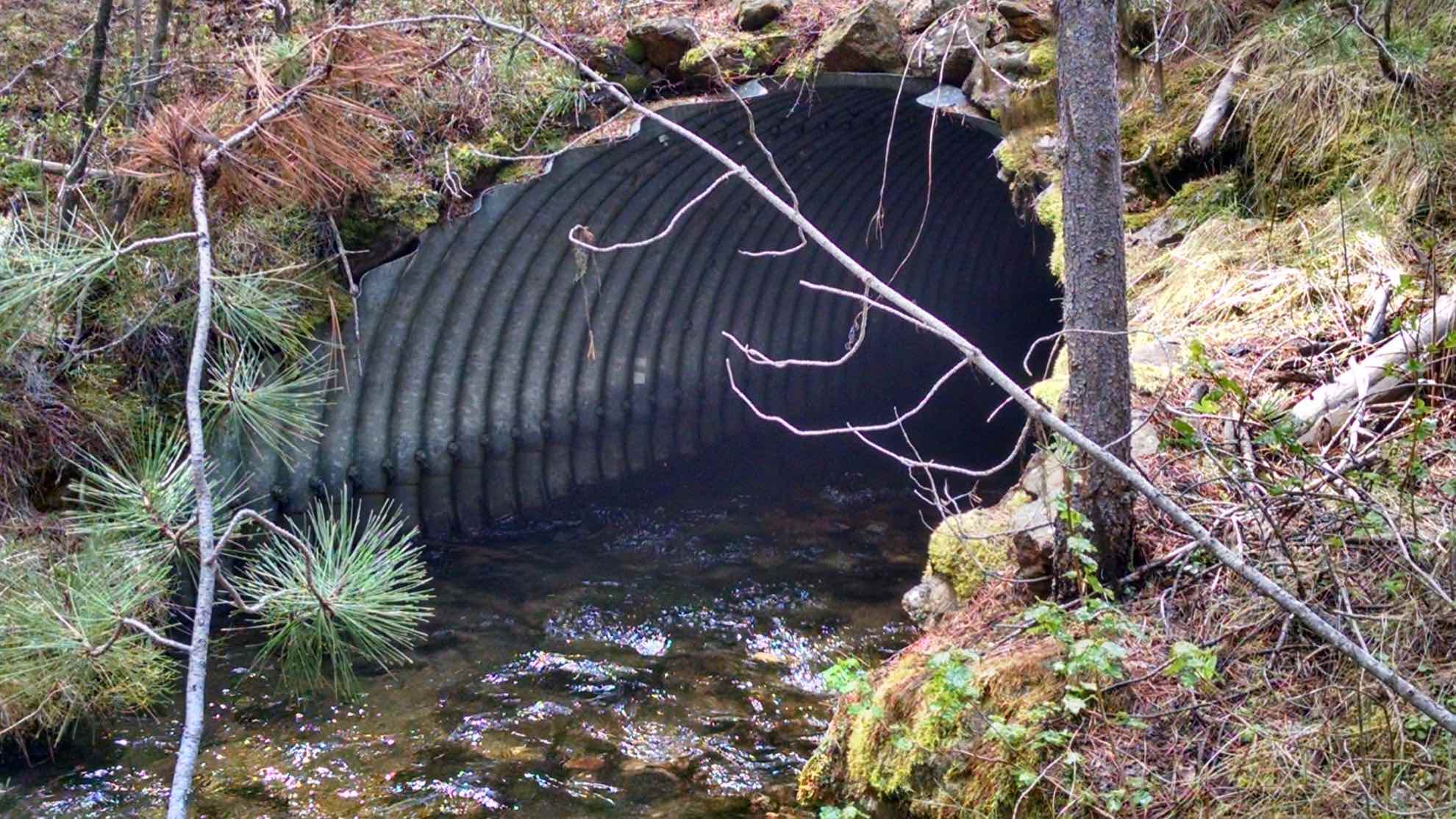
2016 Weber River, (Utah) Legacy project
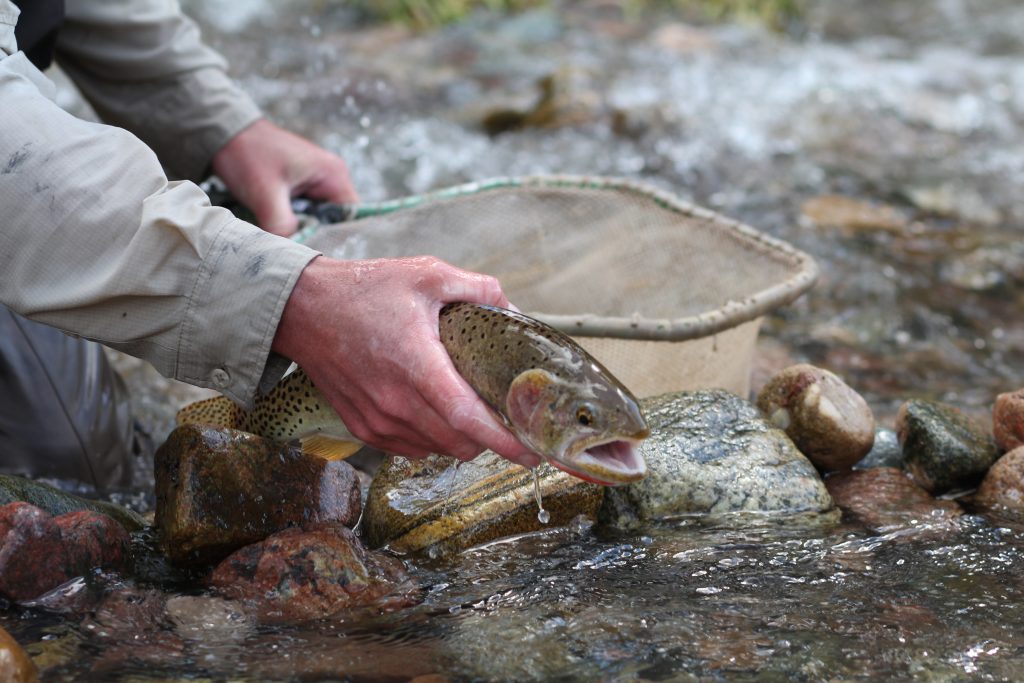
The Western Native Trout Initiative and Desert Fish Habitat Partnership first nominated the Weber River project in 2012 as a “10 Waters to Watch“. The project was recognized again in 2016 as a legacy project – denoting it as a project that has made a significant impact on fish habitat conservation. Legacy projects are selected from previous years Waters to Watch projects and help to highlight the National Fish Habitat Partnership as it celebrates its 10-year Anniversary in 2016.
2015 Sun Creek (Oregon)
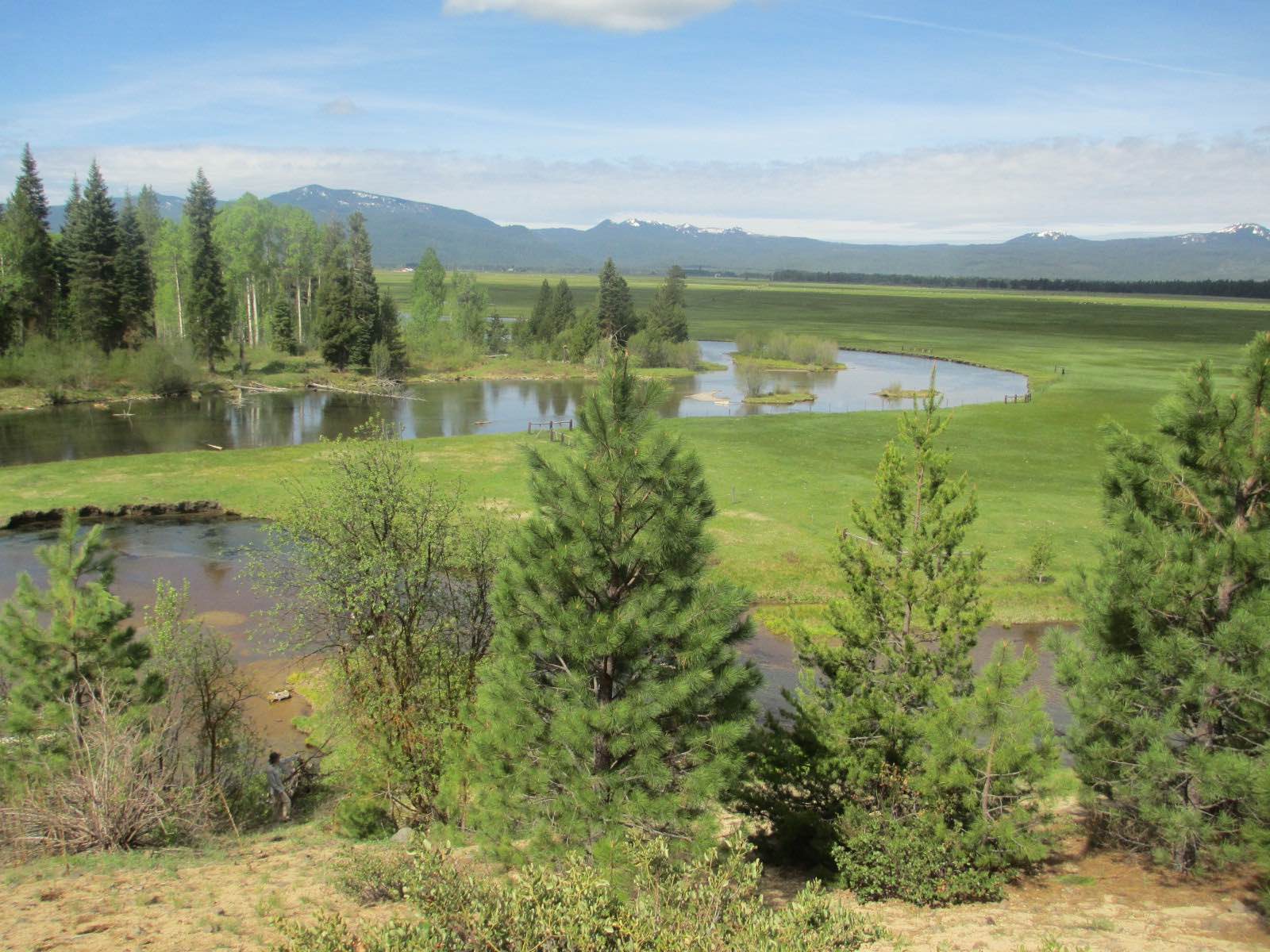
Sun Creek originates on the southern slopes of Crater Lake National Park (CLNP) and was historically a tributary to the Wood River in the Upper Klamath Basin. Due to agricultural land use, there have been extensive channel alterations over the last century and Sun Creek is no longer connected to the Wood River. This project will reconnect Sun Creek to the Wood River, creating a migratory corridor for an isolated Bull Trout population and expanding available habitat for Redband Trout already present in the Wood River. This project represents a highly successful collaboration between federal, state, tribal, non-profit, and private entities.
Watch a video produced by the U.S. Fish and Wildlife Service about this project.
2014 Bear Creek (Colorado)
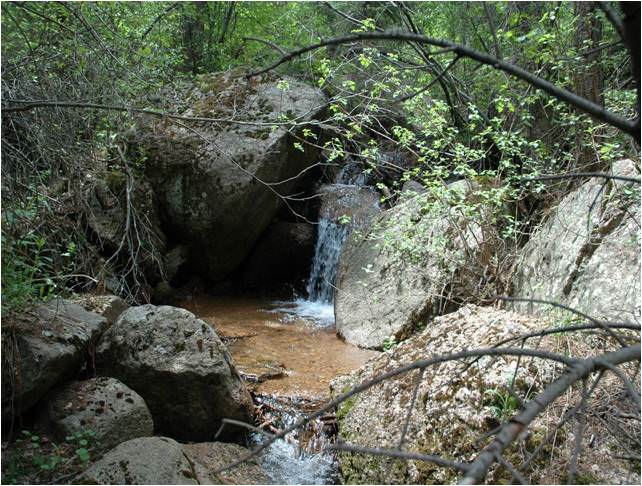
The Western Native Trout Initiative (WNTI) funded Phases I and II that provided short-term immediate relief for sediment issue on Bear Creek in 2010 and 2011. These projects were meant to protect the Bear Creek cutthroat habitat until a broader sediment control plan was in place. In 2013 WNTI funded a portion of Phase III, which, coupled with a National Fish and Wildlife Foundation grant, will provide permanent sediment control for the Bear Creek Greenback Cutthroat Trout, which have been recently considered the only remaining population of true native Greenback Cutthroat trout.
2012 Weber River (Utah)
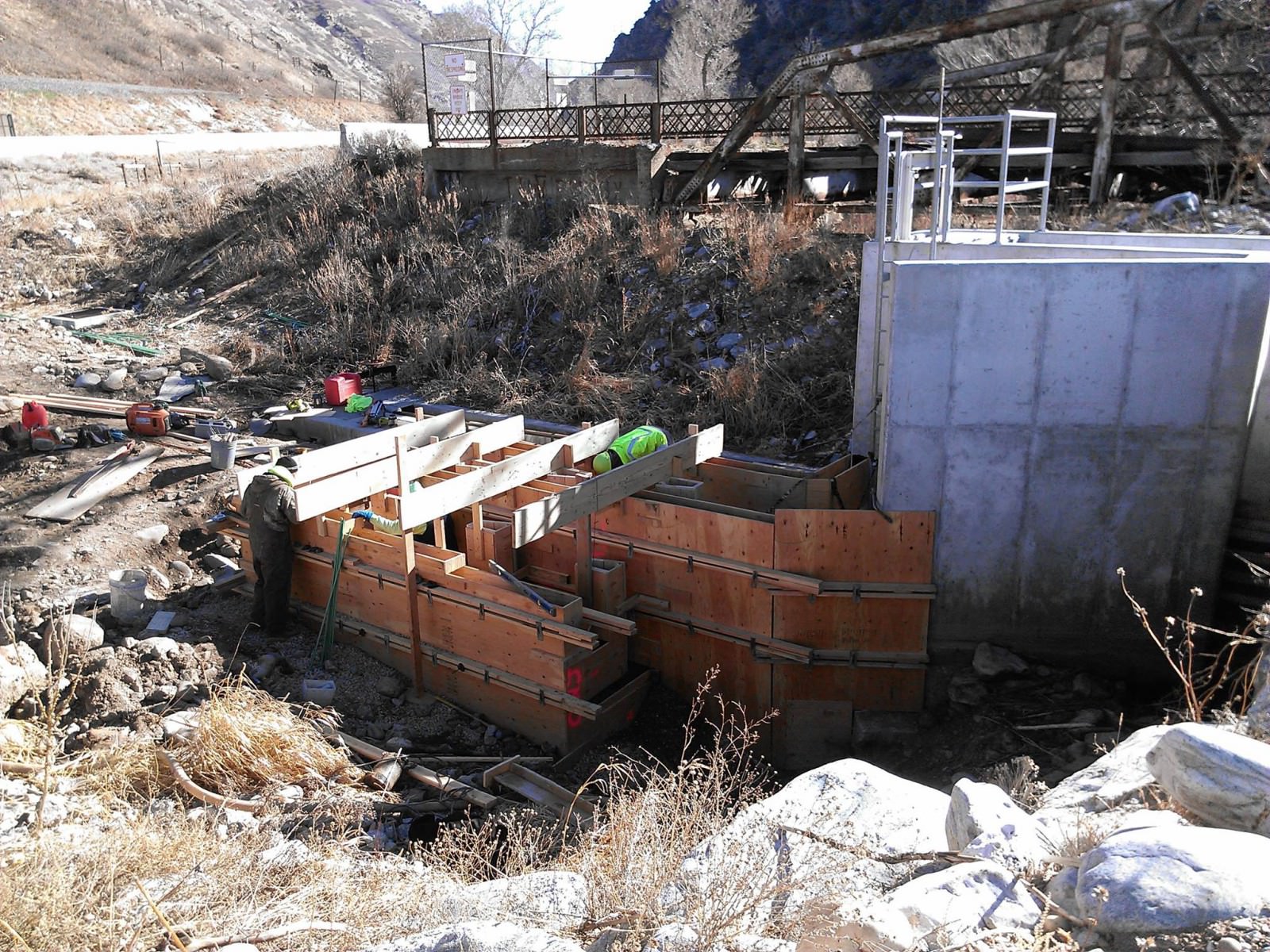
This project is intended to protect native fishes and improve water use efficiency for water companies in the Weber River drainage. It will re-connect 17.5 total river miles and allow native trout and sucker species to pass one mainstem diversion and two culvert barriers in two tributaries. Habitat fragmentation is the primary threat to the persistence of the Bonneville Cutthroat Trout population. These barriers have fragmented mainstem and spawning habitats. Restoring connectivity at these sites is a critical step towards improving the resiliency and genetic diversity of this population.
2010 Green River Basin (Colorado, Wyoming, Utah)
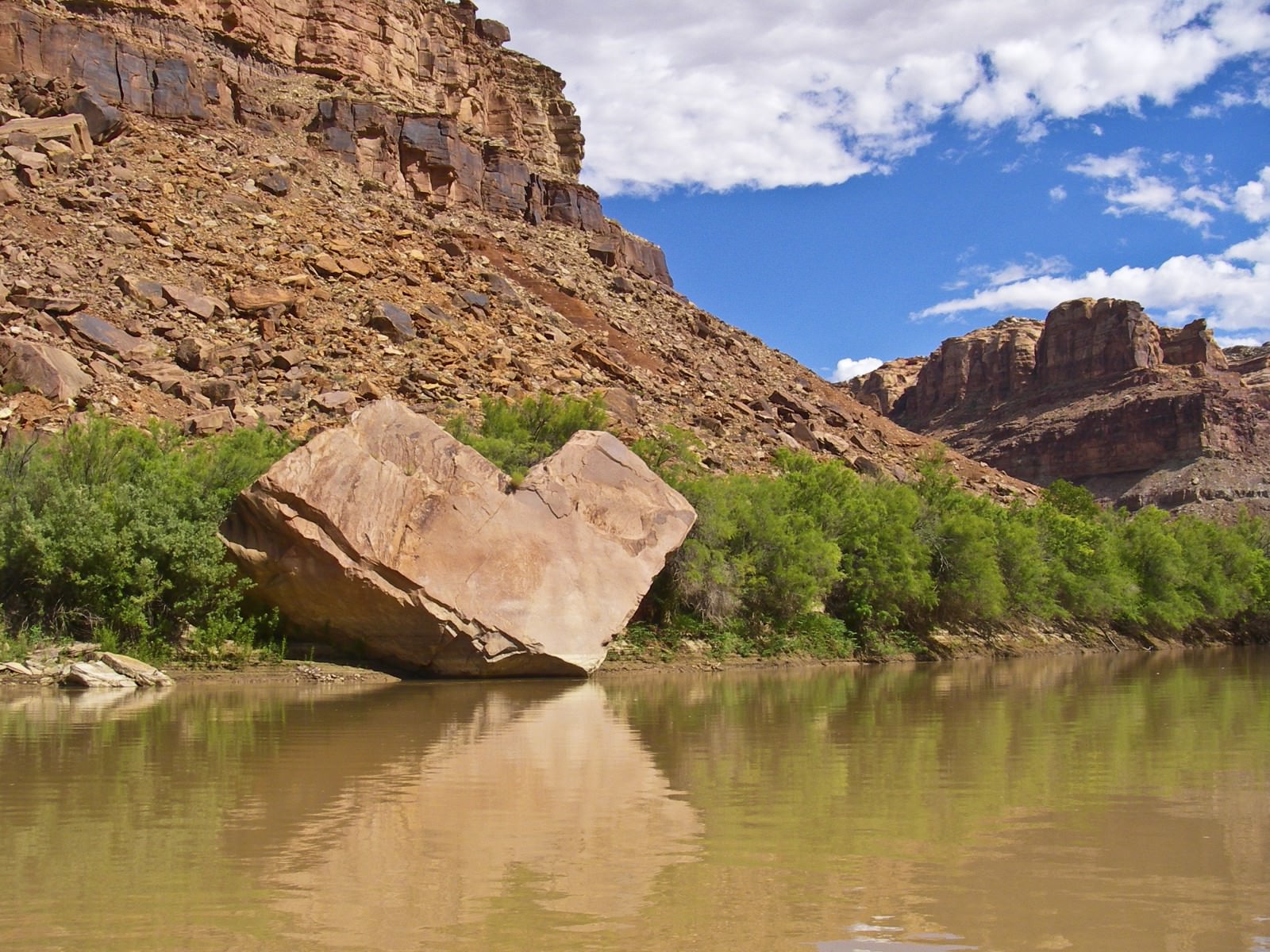
Both the Desert Fish Habitat Partnership and the Western Native Trout Initiative, have recognized the outstanding aquatic resources of the Green River Basin. Both partnerships support projects, directly and indirectly, that benefit fish populations and habitat in ways that place local projects within a larger basin-wide perspective.
2009 – Teton Creek (Idaho)
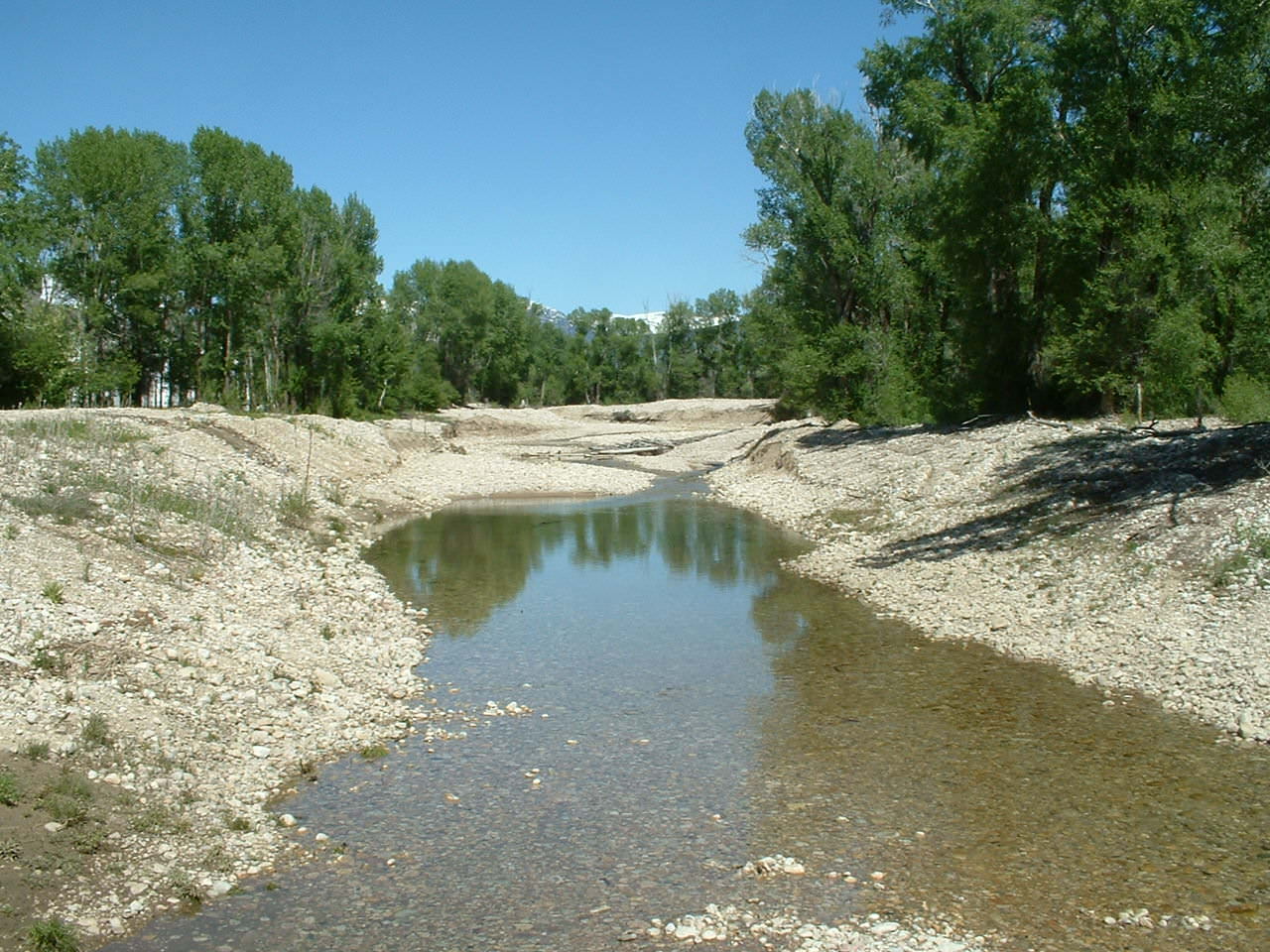
Degradation of stream channels has contributed to a 95% decline in native Yellowstone Cutthroat Trout (YCT) numbers in the Teton River. Teton Creek, the largest of the Teton River headwater tributaries, is critical to YCT recovery since it is one of the only tributaries in Teton Valley that still has a YCT spawning run. Teton Creek also produces more juvenile YCT than any other tributary. Over a mile of Teton Creek was severely damaged when a developer straightened, widened, and dredged the stream.
2008 – South Fork Chalk Creek (Utah)
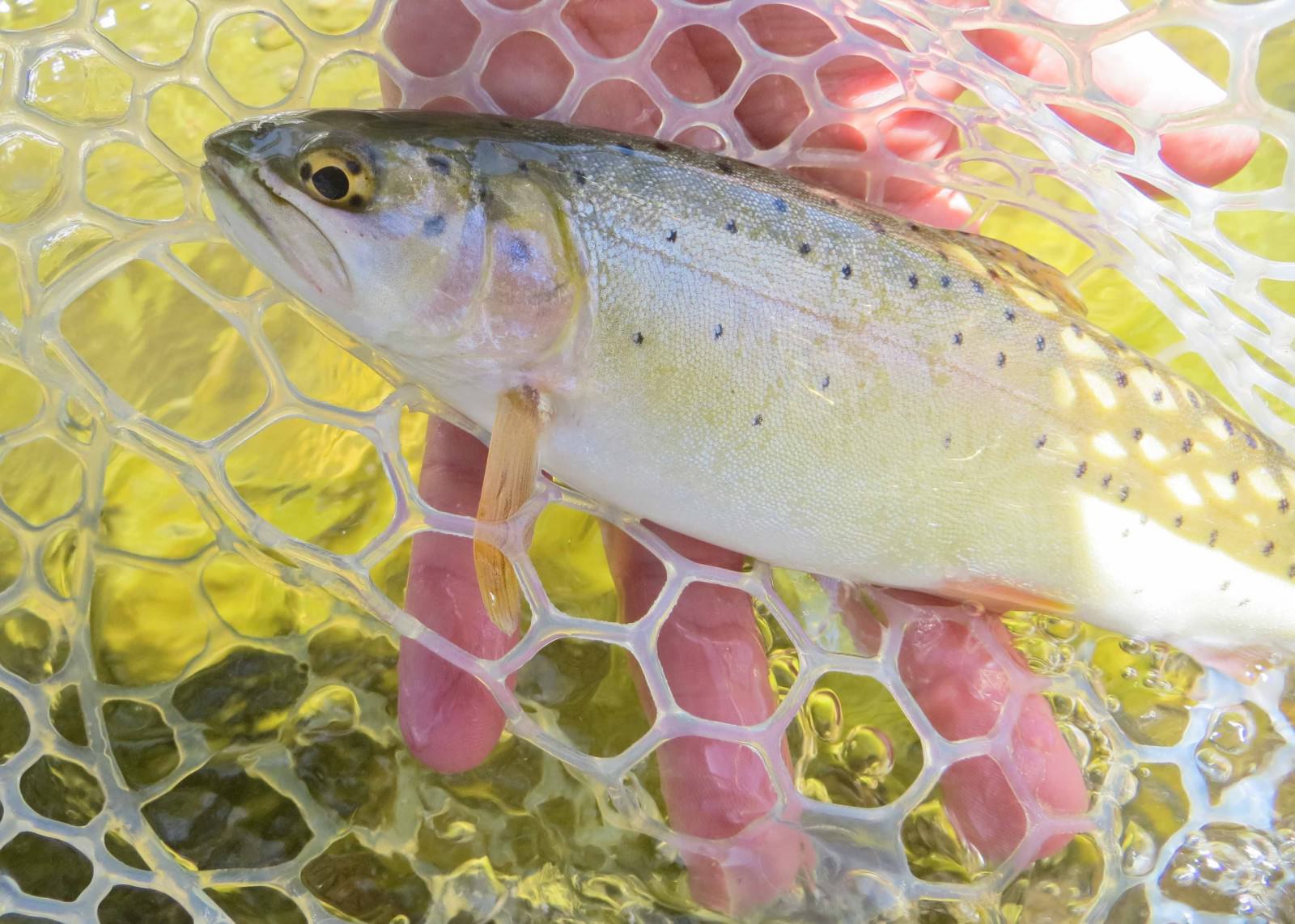
Even in the best of times, good habitat for trout is a scarce commodity in northeastern Utah. But for the Bonneville Cutthroat Trout, Utah’s state fish, a little more habitat is about to be accessible. The Bonneville cutthroat is one of 14 recognized subspecies of cutthroat trout native to the western United States. Once also found in Idaho, Wyoming, and Nevada, the fish is now limited to small isolated populations in the headwaters of mountain streams and lakes of Utah’s Bonneville Drainage Basin.
